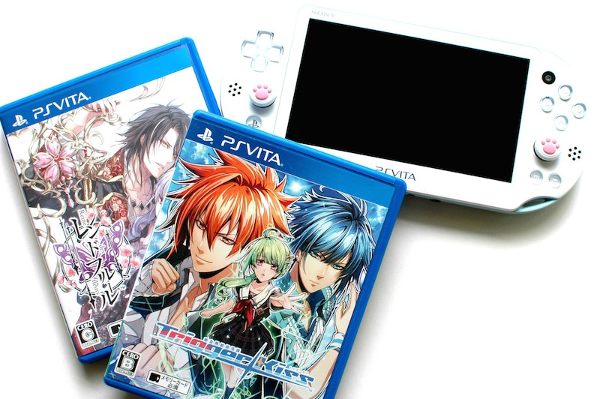Game development, for practical and personal reasons, is often shrouded behind the same veil as a magician’s parlor tricks. Whether it’s trying to protect contracts, maintaining secret drop rates to keep subscribers repeatedly running through MMO dungeons, or just plain trying to keep the magic of a game alive, the state of game development in 2016 is often one shrouded in secrecy and NDAs, from small indie development all the way up to AAA.
Because of this, most of the people who play video games generally have no idea how games are made. And to be fair, there’s a lot that game developers may want never to see the light of day. Keeping players in the dark lets them focus on playing the game, and lowers the risk of a rough development cycle financially impacting a game’s sales. If players never learn how broken and buggy a game is during development, they’re more likely to assume it can be a flawless gem when they pick up their pre-order from Gamestop.
But maybe it’s time to begin correcting that notion. As Kickstarter, Steam Greenlight, and early access programs become more and more common in creating sustainable games, what players “know” about game development begins to collide with the realities of shipping games. Double Fine’s Kickstarter legacy has been just as much about players deciding if money is being spent “properly” as it has been creating unique and off-beat games, and Uber Entertainment wrote that any alterations from their core Kickstarter video, however important for creating a good game, were frequently met with negative responses from their backers.
One answer to solving these problems? Letting players see and play more game prototypes.
One of the biggest misconceptions the public currently has about game development is that any given game is “planned” then executed, like the way one might script and shoot a film. This isn’t the case. As designer Liz England has explained in multiple talks, games like 2015’s Sunset Overdrive find the core nugget of fun after experimentation and prototyping, not just by sticking to its original blueprints. Games more frequently are built on the foundation of an idea, usually bolstered by piece of tech or a particular skillset a group of developers possess, before iterating their way to completion and solving challenge after challenge of having the whole dang thing make sense.
Showcasing more prototypes is therefore a great way to teach core game communities about where games come from. During the last few PAX sessions, Supergiant Games has spent their time at the show not just showcasing Transistor and new ports of Bastion, but also showing a playable prototype of Bastion from before any of the game’s most striking elements---its art style, its voiceover, or its varied combat---were even created.
It’s just a 3D mockup with D&D creatures standing in for monsters, and the hero character only has a few key animations But it does show off some of the core technical and design theories behind Supergiant Games’ work, and separates it from the gameplay elements they discovered through the development process.
If you’re able to dig up any prototype footage of the first Assassin’s Creed, you’re able to get a glimpse of what its developers were grappling with before it became a blockbuster science fiction saga. According to IGN, Patrice Desilets began working on the series after it was conceived as a sequel to the Prince of Persia games, but the most important DNA in its lineage was their experiments with the Anvil engine, which let them generate tall cities and large crowds.
Though Desilets and his team would go on to research the Hassassin and decide a more realistic approach to medieval history would be a better fit for the game then the fantasy of Prince of Persia, the game’s origins as an experiment of tech and design help us chart the path for the series’ development, and understand the technical emphasis on fluid, navigable architecture that drives how each subsequent game targets its different thematic goals. Because of this, it’s frequently useful to analyze Assassin’s Creed through the platforming through cities and crowds instead of its narrative pillars because that’s where the tech allegedly originated from.
Most recently, the team behind the Indiegogo-backed RPG Indivisible launched a free prototype for their game on PSN as a marketing tool for their crowdfunding campaign, and showed off what may be one of the most up-front transparent discussions about game development costs.. While their prototype is a little more holistic than what you’ll find from Assassin’s Creed, Bastion, or any other games out there, it’s a stepping stone for the kind of game its creators want to create. It’s a reveal that might prevent Lab Zero from making radical design shifts the way they might through a traditional development cycle, but it’s a strong showing of the notion that at the right time, a showing of your game’s prototype can be a powerful tool for your audience.

Obviously, as with all things in game design, showing off prototypes is not going to be a universal, works-for-every-game scenario. But if the industry wants to participate in game preservation and educate the customers who may decide whether games get funded or die on the vine, it’s a powerful first step. Whether they wind up preserved in a Smithsonian archive, showcased at conventions, or simply displayed at GDC talks, prototypes can be how the game industry lowers some of its walls, and helps build transparent relationships between players and developers.


